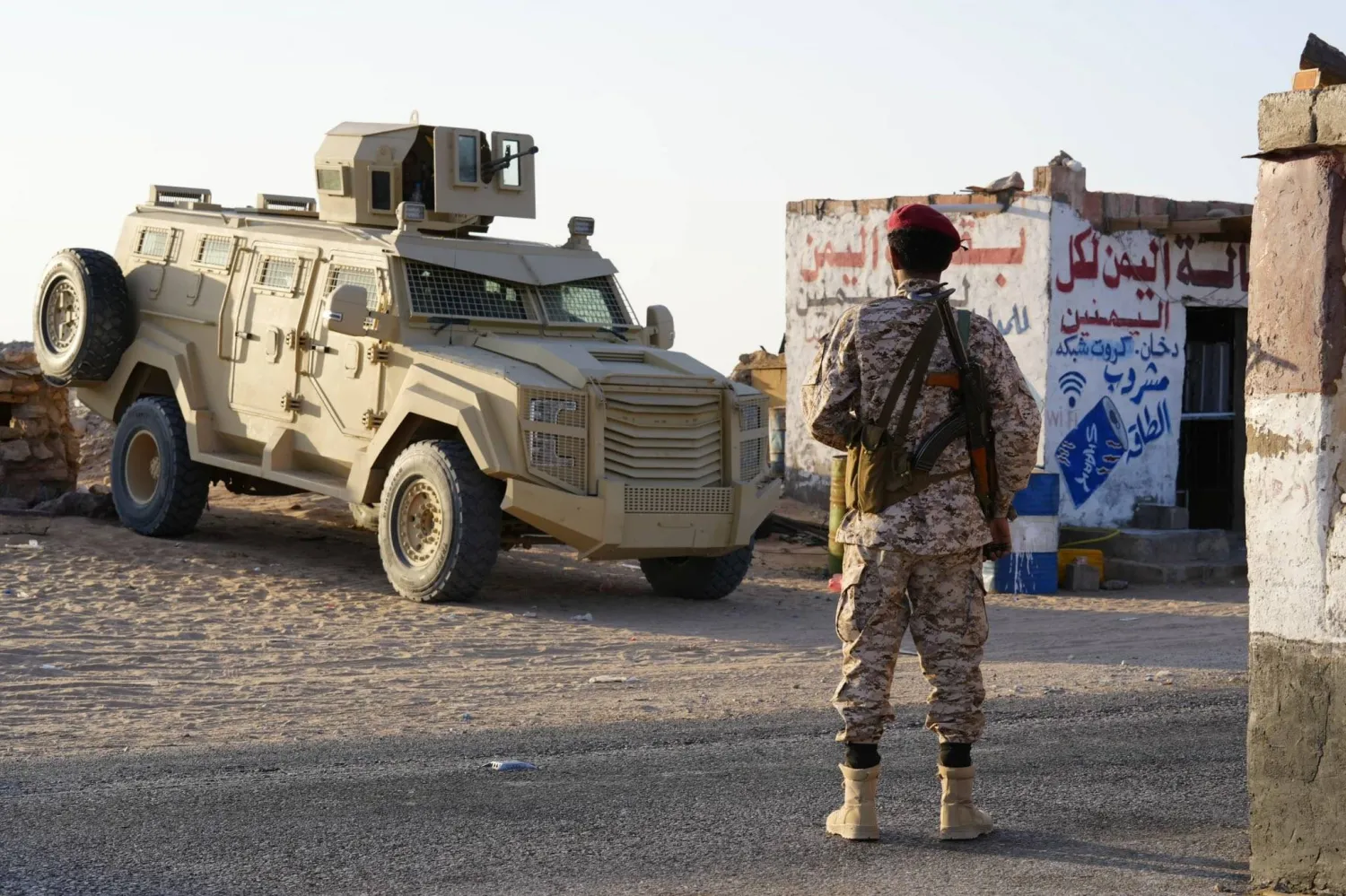The Israeli army announced Friday that its forces and engineering units launched the construction work on the southern West Bank section of the separation barrier between the occupied territories in 1948 and 1967.
The army said the step aims to prevent Palestinians from southern Hebron from entering Israel, under the pretext of “preventing and thwarting terrorist operations.”
The military said in a statement that the work has already led to a “significant decrease in the number of illegal infiltrations into Israeli territory.”
It pointed out that 60 engineering vehicles and three battalions were working to build the barrier in the Judean Desert area in the West Bank.
The plan included digging a deep trench over some 20 kilometers to prevent the passage of people and vehicles.
The Israeli army said that five kilometers of the trench have already been dug and other seven-and-a-half kilometers have been prepared, in coordination with the Nature and Parks Authority and the Israel Antiquities Authority.
According to the army, resuming the construction wall is part of its “Waves Breaker” ongoing operation, launched in the West Bank back in March.
Under the operation, Israeli forces carry out large-scale arrests among Palestinians under the pretext of “arresting wanted persons and suspects in security cases and thwarting sabotage acts using public and secret means.”
Dozens of people were detained as part of the campaign, and about 20 were killed, including journalist Shireen Abu Akleh.
However, the occupation army described it as a “successful campaign” that led to “a significant decrease in the number of infiltrations in recent weeks through the so-called Seam Zone (the area between the separation fence and Israel).”
Although work has just begun, the army stated that in recent weeks its forces were able to prevent more than 200 vehicles from entering Israel illegally.
It said it arrested dozens of stolen Israeli vehicles, as well as suspected infiltrators who tried to enter Israeli territory without permits.
The army leadership also established a brigade headquarters with specific tasks in the Seam Zone. It comprises two battalions and aims to boost protection along the zone and prevent infiltrators from crossing.
“The construction at the barrier is a clear example of the development of our capabilities. The project was established with the goal of reducing the number of illegal infiltrations into Israel. By working on the barrier, we thwart terrorist attacks,” Israeli Chief of Staff Aviv Kohavi said in remarks provided by the military.
“Our mission is that there will be zero terrorist attacks, and we will continue to operate as needed to stop this wave of terror and complete the mission,” he said.
Defense Minister Benny Gantz, Army Chief Aviv Kohavi, and his deputy, Major General Herzi Halevi, have recently toured the area and were briefed on the progress in the construction work.
Kohavi cited the “wave of terrorism that hit Israel,” stressing that his forces responded with force and determination by launching the military operation Waves Breaker, in which all army units, including intelligence, information and communications technology, units and battalions of the Judea and Samaria Division and the Central Command, have taken part.
He affirmed that the operation aims to defend Israeli citizens and prevent terrorist acts.
Israel decided to build the barrier in June 2002, at the height of the second intifada, or uprising.
Eighty-five percent of the still-unfinished barrier is inside the West Bank, carving off nearly 10% of its territory.
The Palestinians view it as an illegal land grab and the International Court of Justice in 2004 said the barrier was “contrary to international law.”
The United Nations estimates that some 150 Palestinian communities have farmland inside the West Bank but west of the barrier. Some 11,000 Palestinians live in this so-called Seam Zone, requiring Israeli permits just to stay in their homes.
The UN also estimates that about 65% of the roughly 710-kilometer (450-mile) structure has been completed.









